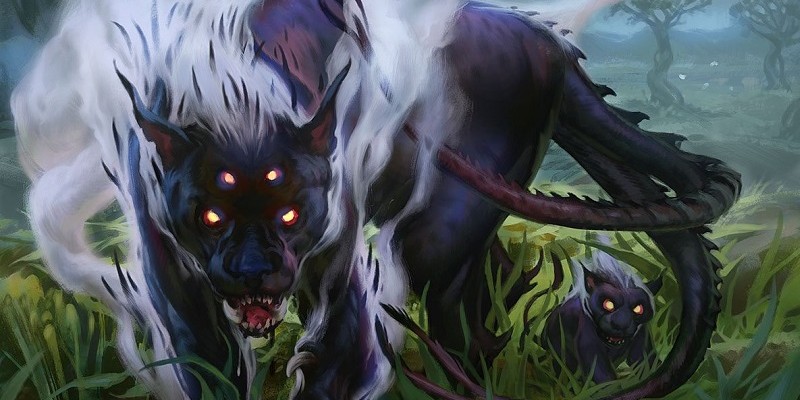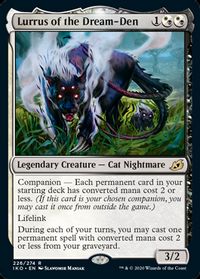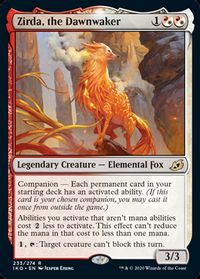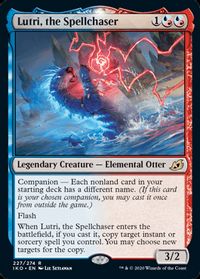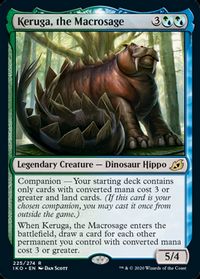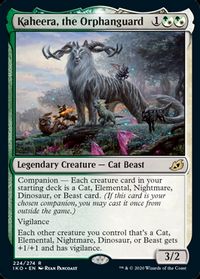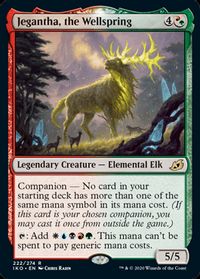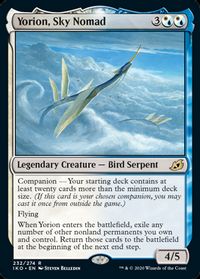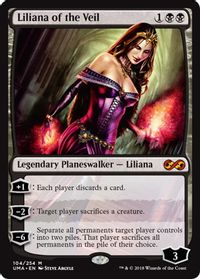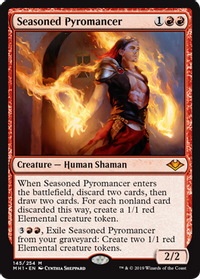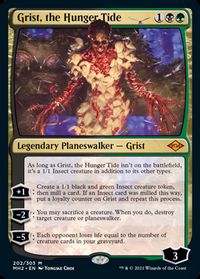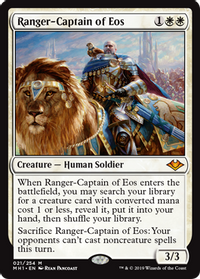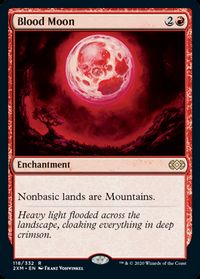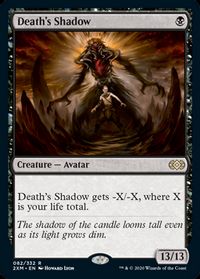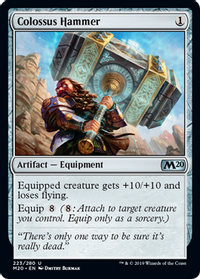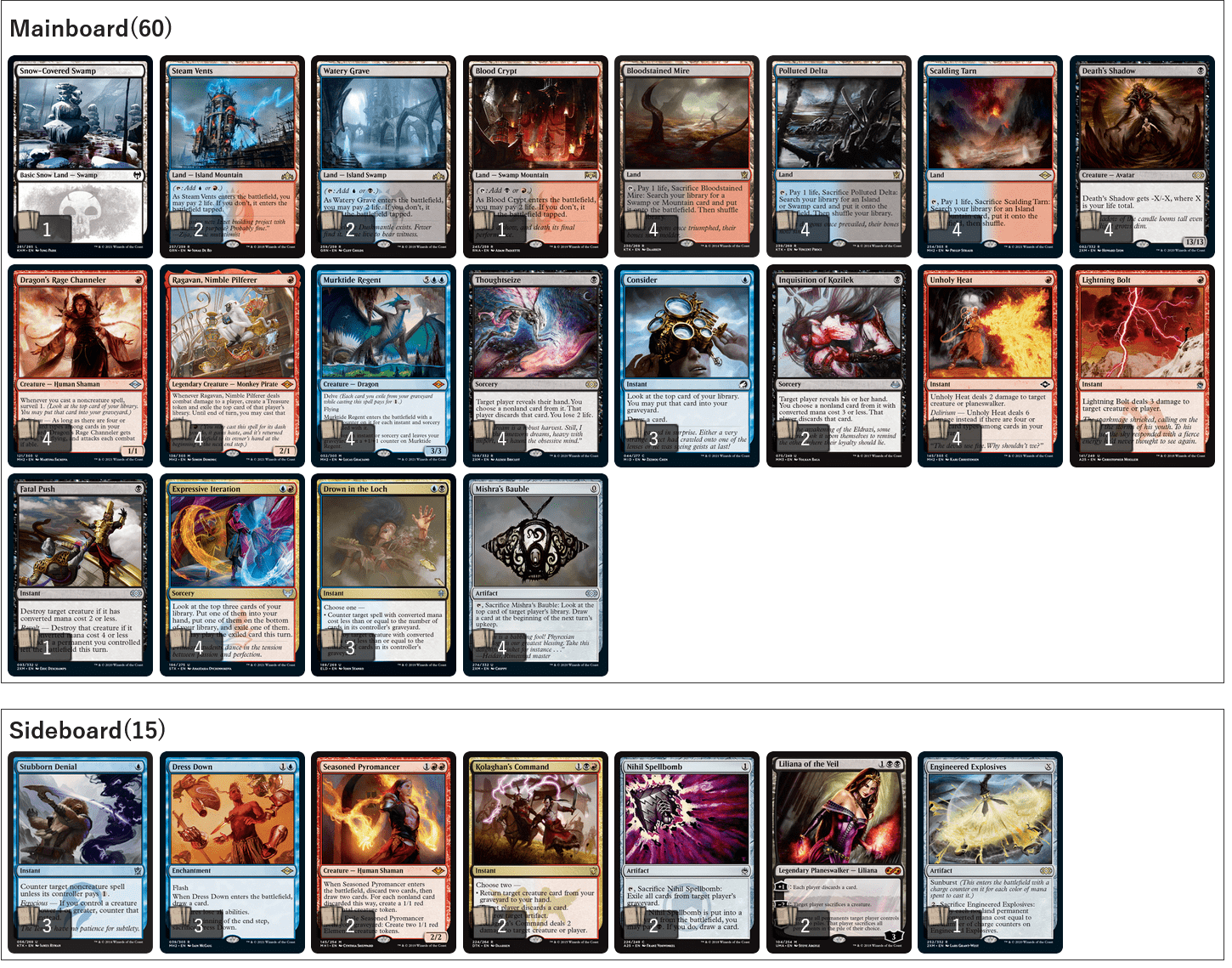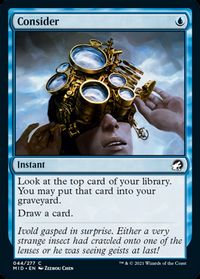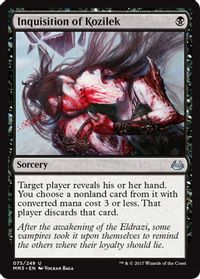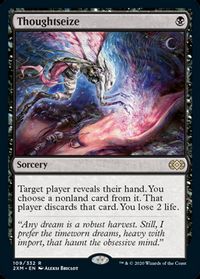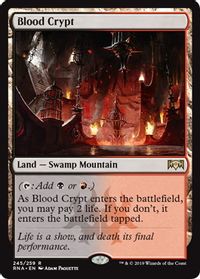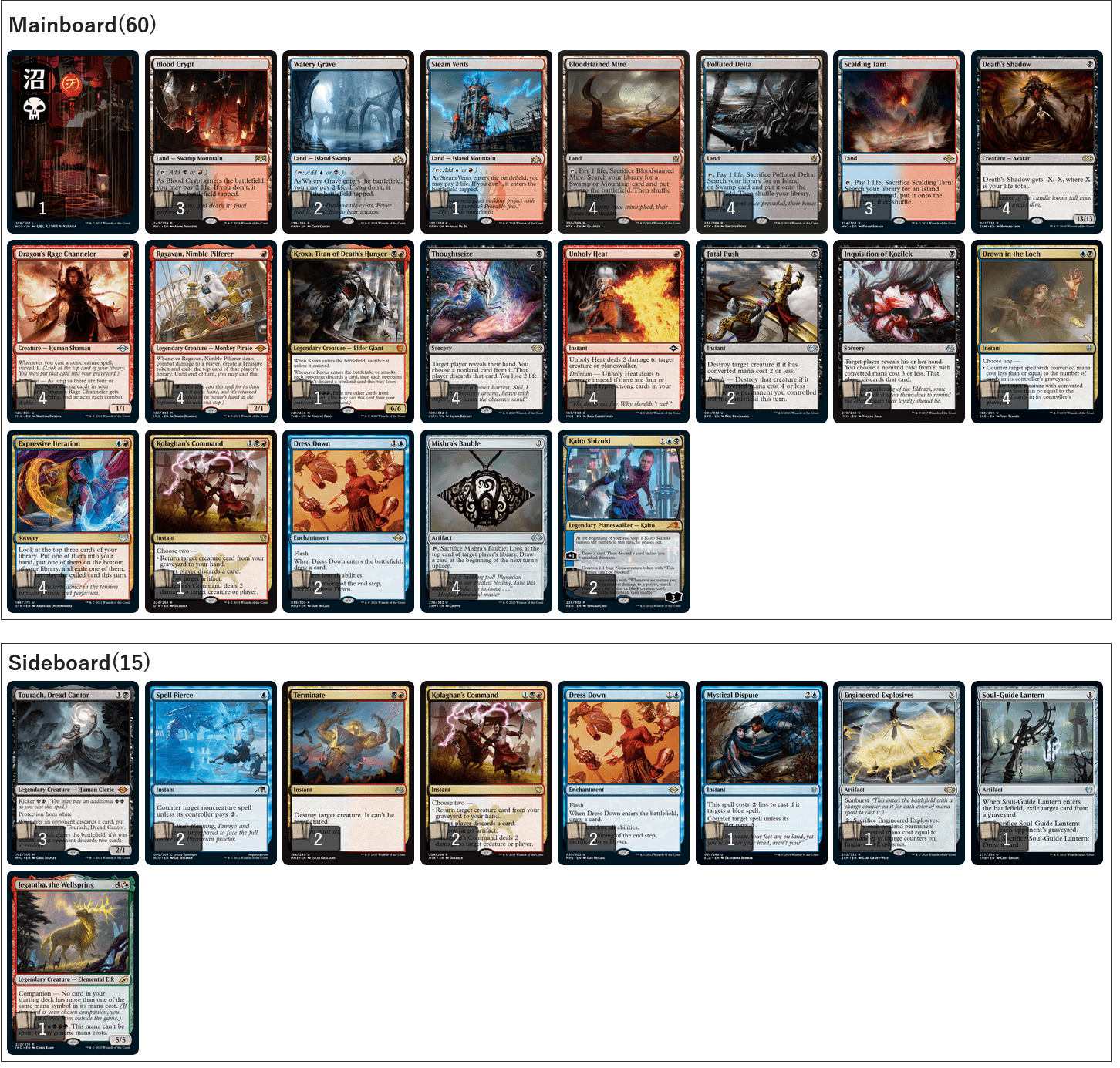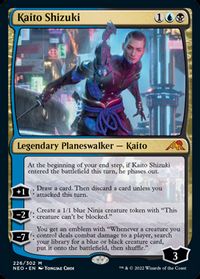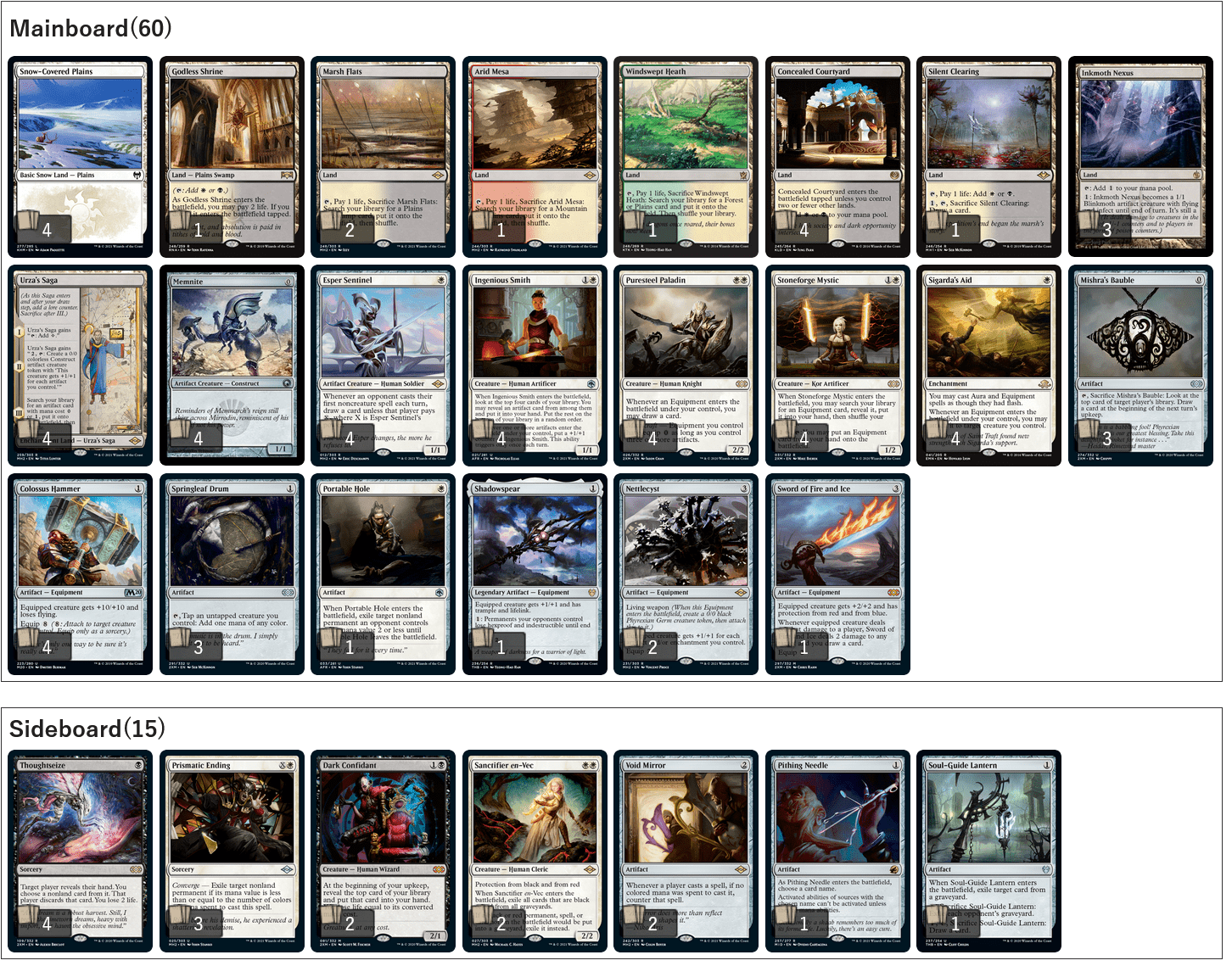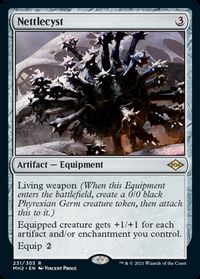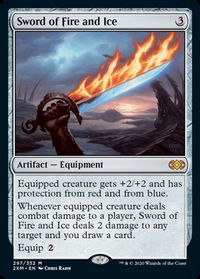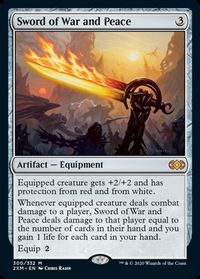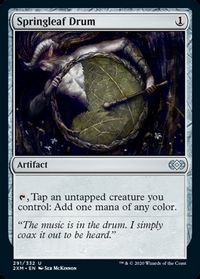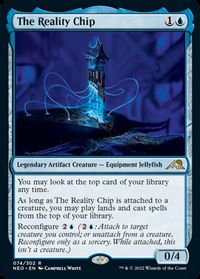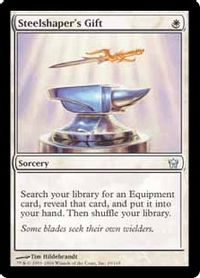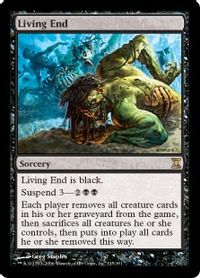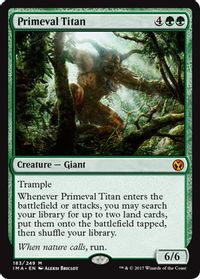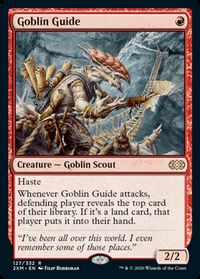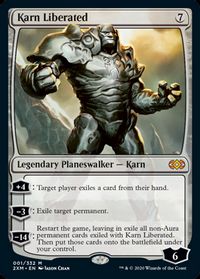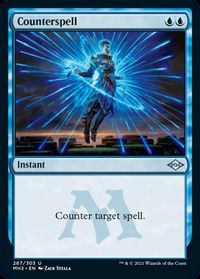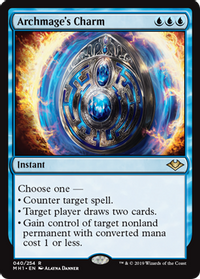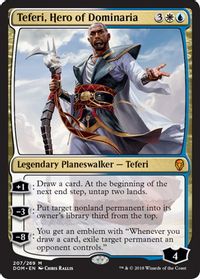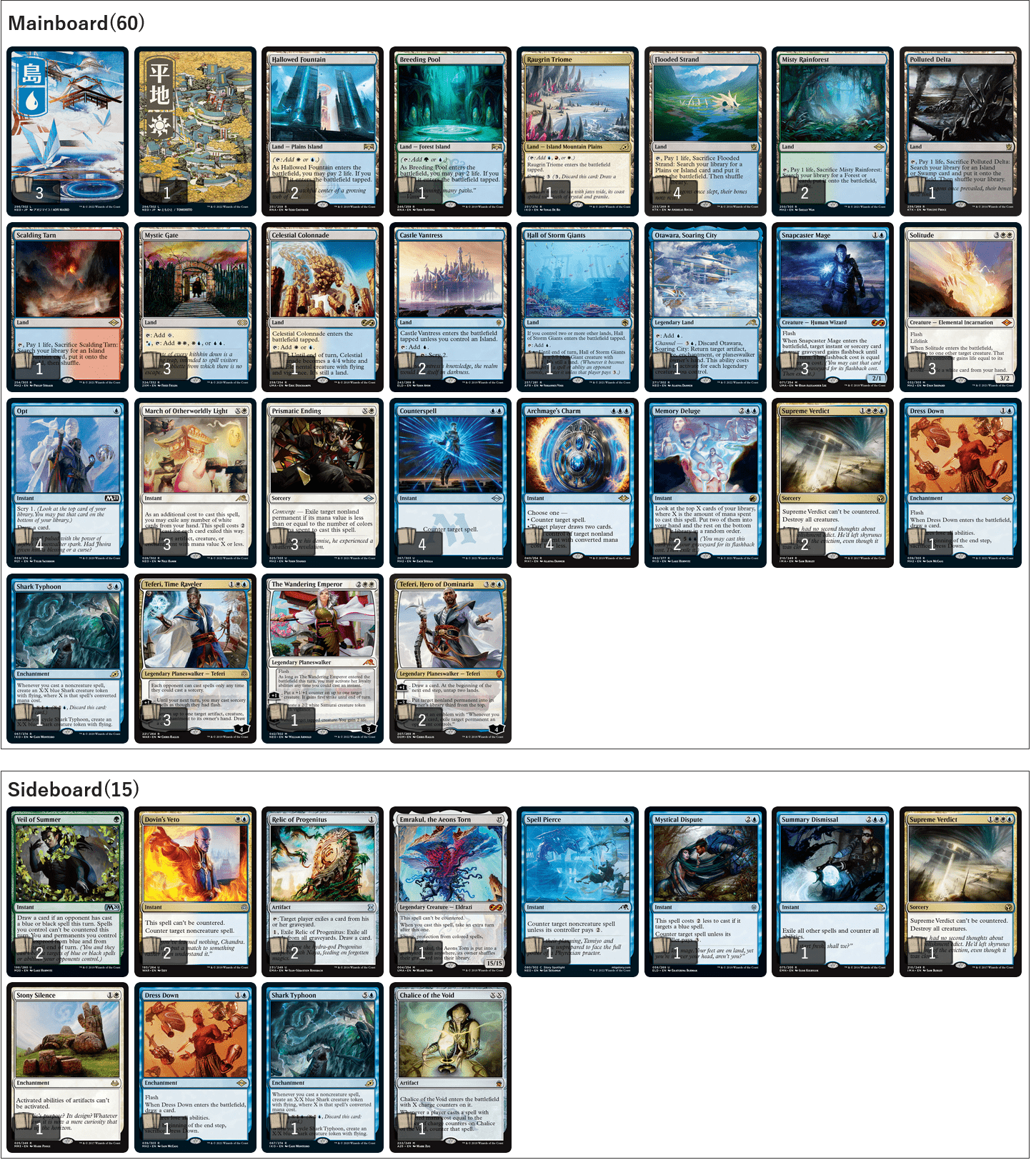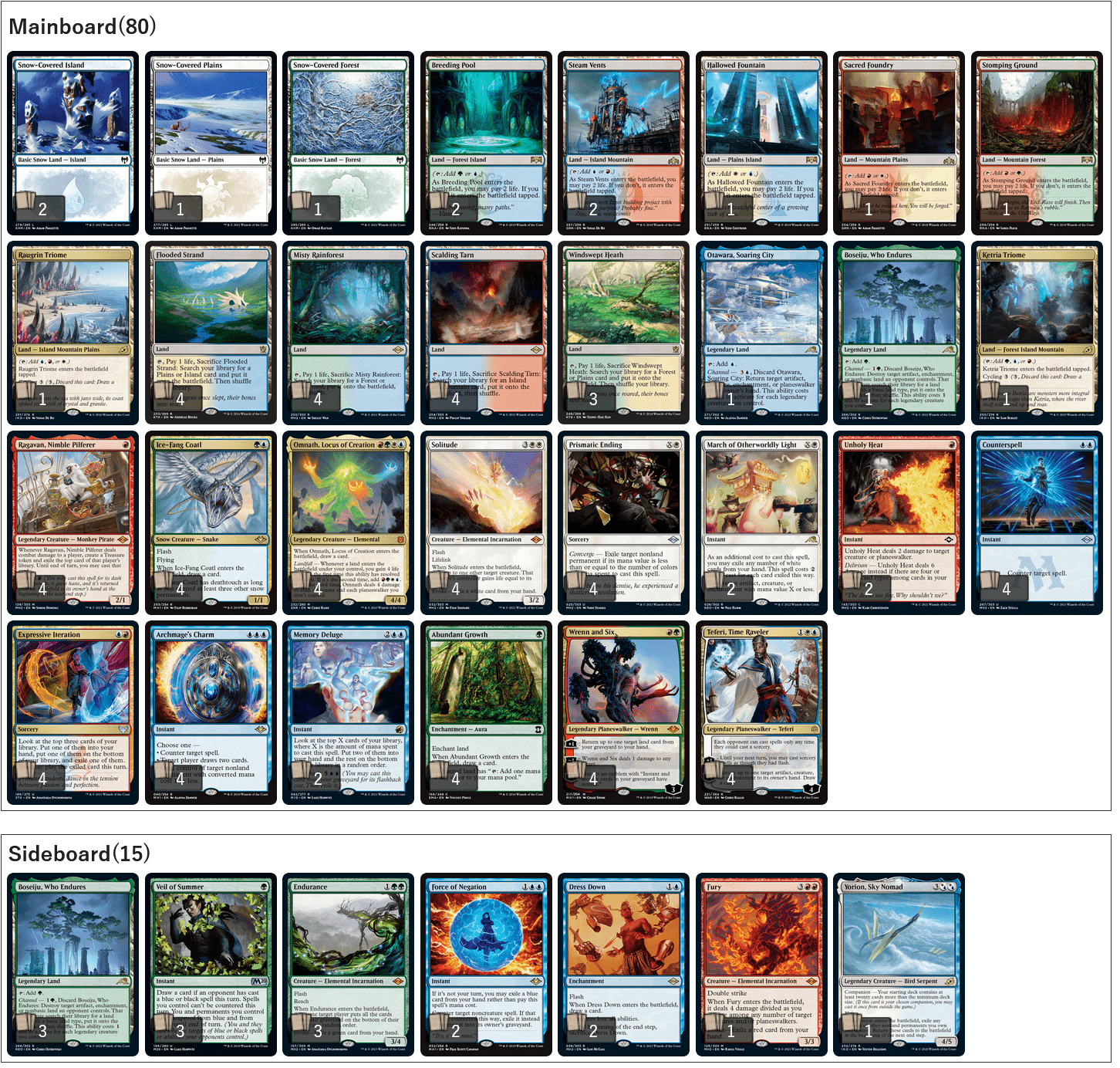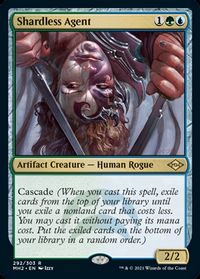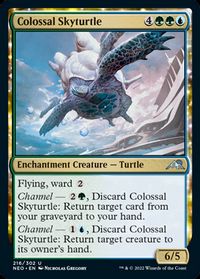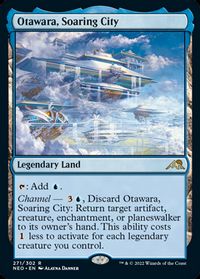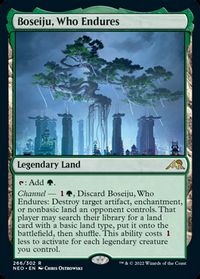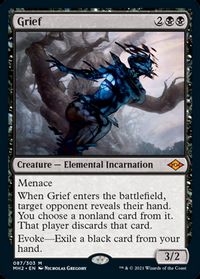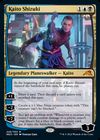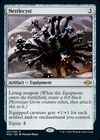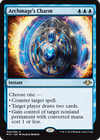Introduction
On March 7, 《Lurrus of the Dream-Den》 got banned in Modern. Despite the seemingly out of nowhere timing, most would agree 《Lurrus》 had it a long time coming, despite the Companion rule nerf it was incredibly powerful and ubiquitous, all while bearing little to no opportunity cost – as we assuredly all knew very well by this point.
Today we will discuss the first two weekends of Magic Online results in the Lurrusless world.
The Companion Mechanic
The Ikoria mechanic can definitely aspire towards claiming the title of the biggest design fiasco of all time. Personally, I would prefer a more universal change, just straight up removing the mechanic from tournament play entirely, but Wizards prefers to solve the issue on a card-by-card basis. Where does that leave us?
《Gyruda, Doom of Depths》, 《Zirda, the Dawnwaker》, 《Umori, the Collector》, 《Lutri, the Spellchaser》, and 《Keruga, the Macrosage》 will continue to see virtually zero play because of their killer Companion conditions. Once in a blue moon, you will see some of them played in a low-powered deck. With the frequency, they appear you could argue that despite the fundamental issues with the companion mechanic, they enrich the format and are a positive influence.
《Obosh, the Preypiercer》 is slightly more common, while still requiring noticeable effort and producing medium payoff. It’s possible that future printings would elevate some of those companions to an unbearable level, but it’s very unlikely, as the creatures themselves aren’t that strong.
《Kaheera, the Orphanguard》 and 《Jegantha, the Wellspring》 are nearly useless creatures, but they occasionally just fit into decks with no effort. We are all familiar with how they end up being played as uninteresting freerolls.
While it’s quite lame from the design standpoint, and in some ways signify the worst parts of the Companion mechanic design-wise, they will not ever be broken and we can just live with that. It’s unexciting but fine.
《Yorion, Sky Nomad》 is the elephant in the room. The only other Companion to come close to the oppressive intersection of a (relatively) low opportunity cost and being a somewhat strong creature is on everyone’s tongue.
After all, 4C Yorion value soup decks were perceived by many players as occupying one of the top three metagame spots before the banning, naturally leading to the question – shouldn’t 《Yorion》 be banned too? From a format balance standpoint, I’m not convinced that is or ever will need to happen, but we’ll talk about that in detail later.
Three-Drops Unbanned?
Plenty of decks felt pressured into adopting 《Lurrus》, giving up their access to three-drops, but they’re actually aren’t that many cards that 《Lurrus》 stopped from seeing play.
《Liliana of the Veil》 has many fans, but I believe she hasn’t aged all that well regardless. 《Seasoned Pyromancer》, an occasional 《Grist, the Hunger Tide》; 《Ranger-Captain of Eos》; 《Tireless Tracker》 might see some more play in midrange decks, even if it’s unclear whether they actually should.
Probably the biggest single card that 《Lurrus》 forbid people from playing was 《Blood Moon》. Throughout Modern history, if a deck could support a sideboard 《Blood Moon》, it typically did so. If black 《Ragavan, Nimble Pilferer》 decks pop up again, I’d expect them to incorporate the Moon.
The Losers
The immediate result of the banning is that two main 《Lurrus》 decks sitting at the top of the metagame – Grixis Shadow and Hammer Time – obviously get weaker, although by no means unplayable.
Grixis Shadow was undoubtedly just the best deck in Modern. An extremely vicious deck full of the best one-mana interaction and one mana threats, it could frequently force the game into a low-resource state with 《Thoughtseize》 and 《Drown in the Loch》, where 《Lurrus》 naturally being a +2 in immediate card advantage (and potentially more!) threatened to take over the game.
While there is certainly still a very powerful deck there, some consideration will need to be put into figuring out the new best lists.
Grixis Murktide Shadow
Magic Online user azax won the Super Qualifier held on the weekend immediately after the ban with this decklist. 《Murktide Regent》 is both a proven and powerful threat and a card that wasn’t compatible with 《Lurrus》, which makes it look like a natural direction to take. Unfortunately, while I can only congratulate azax on his excellent finish, after trying this deck myself I had quite a few qualms with the idea.
The first of them is how 《Murktide Regent》 works so much better with cantrips compared to discard spells. Cantrips draw you more cards, resulting in even more spells eventually ending in your graveyard, letting you deploy impressively-sized 《Murktide Regent》 easier. Discard spells make both players operate on lower resources, which results in smaller 《Murktide Regent》. 《Consider》 are effectively an acknowledgment of that issue.
The second was the mana. Red one-drops and discard spells incentivize fetching a turn one 《Blood Crypt》 most of the time. Blue mana is secondary and having to get two (or even three, if you want to hold up 《Drown in the Loch》 too) puts a lot of stress on the manabase.
In the end, I wouldn’t expect this build to replace Izzet as the premier 《Murktide Regent》 deck.
Grixis Jegantha Shadow
Mchlpp got 10th in the same tournament. Funnily enough, pre-ban Grixis was a deck compatible with both 《Lurrus of the Dream-Den》 and 《Jegantha, the Wellspring》. Two maindeck 《Kaito Shizuki》 are an acknowledgment of sometimes needing some extra card advantage and raw power, filling at least a little bit of the void left by 《Lurrus》.
Otherwise, the decklist stays mostly the same. I like this approach and I think it’s the one with the most promise.
Hammer Time
Hammer Time shows up in the past two weekends’ results sparingly.
Unlike Grixis, there was always a decent amount of three-mana options that Hammer decks could be interested in that was locked out by 《Lurrus》. Even before the ban, CrusherBotBG and other players following suit refused to adopt 《Lurrus》 in favor of 《Nettlecyst》 and various Swords serving as searchable standalone threats.
Especially since Hammer Time is a 《Springleaf Drum》 deck, without the natural 《Lurrus》 mana sink present, three-drops fit into the strategy relatively well. While Hammer Time posted relatively few results during the past two weekends, the lists that got posted seem to universally adopt sometimes surprisingly high amounts of the Living Weapon.
Personally, I’d put my sights on the blue splash version. 《The Reality Chip》‘s card advantage-producing role might be more important now. It might be even worth revisiting 《Steelshaper’s Gift》, as a way to get either a 《Colossus Hammer》, a 《The Reality Chip》, or a threat.
While both Grixis and Hammer Time assuredly will remain fine and playable, their immediate numbers dropped. Most players typically aren’t excited to play a nerfed deck, but there is another good reason to stay away from those decks right now – 4C Yorion.
The Winners(?)
4C Yorion remains the only one of the unnerfed ones from amongst perceived top decks. 《Yorion》 decks are specifically affected by the ban – given their passive nature, Hammer Time and Grixis opponents had all the time in the world to grab their 《Lurrus》 nearly every game, meaning it influenced outcomes of many matches.
《Yorion》 can beat anything if it dedicates enough slots, but it can’t defeat everything at the same time, not even close. Building a well-rounded 《Yorion》 decklist frequently feels like an impossible exercise, being pushed in different directions by every deck in the metagame. 《Yorion》 itself exacerbates that issue, effectively making your sideboard slots hold less value.
The power vacuum left by (then)-《Lurrus》 metagame shares being reduced seems to cause slightly increased rates of various linear decks – Living End, Rhinos, Dredge, Amulet, Burn, or Tron – all of them requiring slightly different answers – it becomes harder to plan around all of them at the same time. Before the ban, a larger portion of the metagame centered around a little bit narrower selection of decks.
That inherent 《Yorion》 inconsistency makes it hard for me to believe that four-color decks could really dominate Modern in a way Grixis Shadow with 《Lurrus》 had. If that ever happened, the metagame at large would be incentivized to become more varied, inherently countering the archetype.
In fact, in my stream’s Discord server, some members are arguing that the best builds shouldn’t even go through the trouble of adding extra 20 cards at all! While I’m personally so far on the side of playing the powerful 8th card and trying to combat the inconsistency problem. It’s going to be a widely played deck, but it can’t get generically strong against the field so gunning for the mirror would be the best strategy.
Azorius Control
While Azorius Control suffers badly against 4C Yorion, a deck filled out with countermagic could possibly see a larger degree of success when facing the wide net the metagame casts.
Guillaume Wafo-Tapa’s continuous and evergreen success with Azorius makes it hard to distinguish whether it’s the deck or the player, but his last weekend double top 8 challenge appearance, on top of plenty of other control decks showing up in the results, makes me think that having access to ample countermagic might be quite important now.
4C Yorion
Regarding 4C Yorion, there still exist innumerable ways to build the deck. Finding the correct build is tough since the metagame is and will be in a little bit of turmoil for a few more weeks.
We can kinds of different approaches, but the one that interests me in particular at this very moment is trying to lean harder into being a control deck and relying on 《Archmage’s Charm》, effectively hybridizing a little bit with Azorius.
The manabase is put under a lot of pressure, but if it can bear the load, this version of 4C would play enough countermagic so that it can present a functional deck without too many embarrassing cards in many matchups.
Living End
Living End is a deck not really directly impacted by the ban. It could be argued that graveyard hate is going to be slightly less prevalent when you don’t need to use it to combat 《Lurrus》, but the more significant change is the inclusion of Kamigawa channel lands.
Between 《Otawara, Soaring City》, 《Boseiju, Who Endures》, 《Grief》, 《Force of Negation》, 《Subtlety》, 《Force of Vigor》, and 《Foundation Breaker》, the amount of interaction Living End gets to play is just staggering. Linear decks getting more powerful and requiring more hate to be consistently beaten is exactly the type of development that would make me want to play a bunch of countermagic in my slower decks.
Where Does the Metagame Go?
In the end, the 《Lurrus of the Dream-Den》 ban is more of a metagame reshuffle than a backbreaking change. The first weekend, it seemed like Hammer Time and Shadow metagame shares dropped a lot, replaced by somewhat evenly by a mix of other archetypes. The second one was full of Control decks.
A varied metagame in turmoil should reward playing well and knowing your deck inside and out. As always, I’m excited to see how the Modern environment progresses, watch it with a keen eye, and try to attack it.
Until next time!


